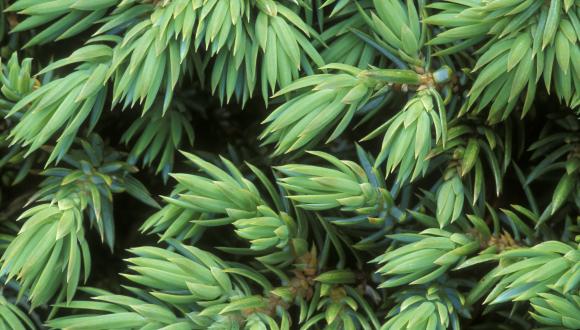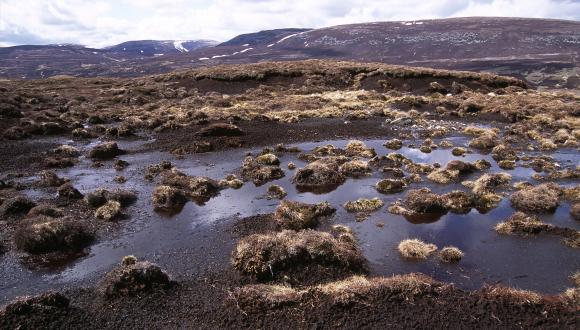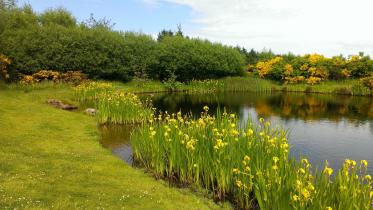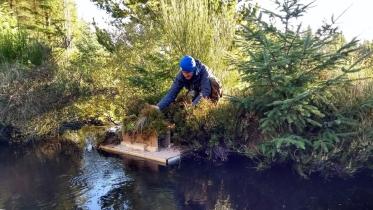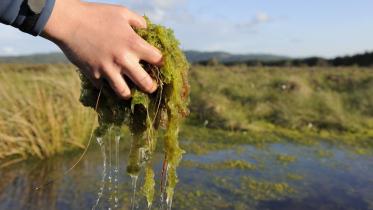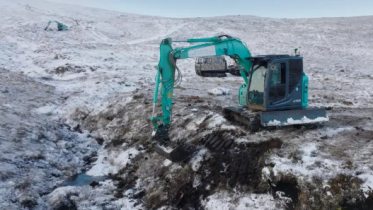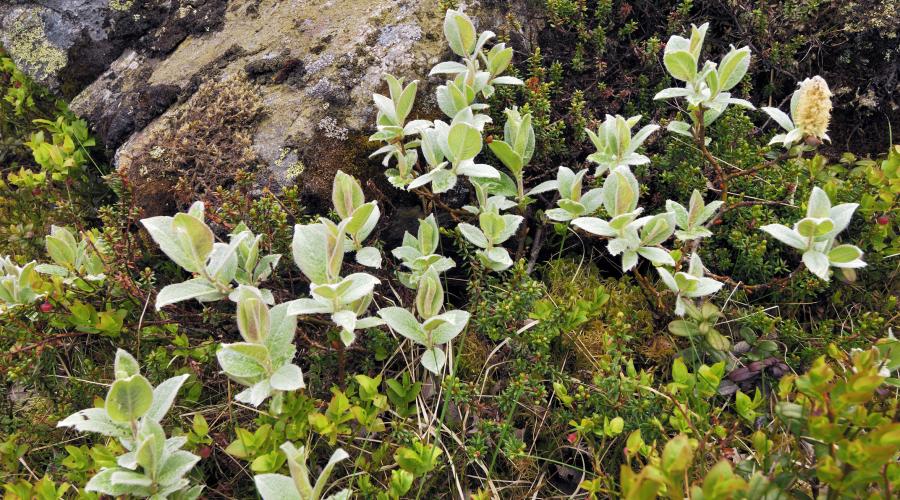
Mountain heath and montane scrub
Scotland’s windswept mountain heath and willow scrub habitats support various species from blaeberry and heather to dotterel and ptarmigan.
Mountain heath and willow scrub are among Scotland’s most natural habitats. Though the windswept open landscape above the treeline looks inhospitable, these habitats support a surprising diversity of species.
Mountain heath almost always occurs above the treeline, usually upwards of 600m. Up here, any trees that do stand up to the elements are twisted and very slow growing.
Heaths dominated by heather and blaeberry support a diverse population of mosses and liverworts (bryophytes) and plants. Where willow trees do grow, they often have the twisted growth form known as ‘krummholz’.
These habitats form mosaics with montane grasslands and moss-dominated sedge heath. Scotland supports most of the UK’s snowbed communities and upland willow scrub.
Rare and extreme habitats
Scotland is thought to support around 60,000 hectares of mountain heath and willow scrub, although the full extent has yet to be surveyed. Scotland supports more than 98% of the UK habitat, though it only makes up 0.8% of our land area.
Mountain heath and willow scrub can occur in some very exposed areas and patches of late snow lie. The altitudinal range of these habitats stretches from around sea level to some of our most exposed mountain locations.
These extreme locations support species that are at the southernmost extent of their distribution, including a good number of rare species.
Rare species found in these habitats include:
- netted mountain moth
- mountain burnet
- mountain willow species
- many rare bryophytes and lichens
- ptarmigan and dotterel – both bird species breed in these habitats
Benefits of mountain heath and willow scrub for people
- Recreation – uniquely Scottish experiences on our moorlands include red deer stalking, game bird shooting, wildlife watching and walking.
- Grazing – heaths provide summer grazing for sheep and deer when they move to the high ground to escape midges and flies.
- Visual – encountering the wide open heath is a moving experience much valued by walkers as it signals that the summit is near.
